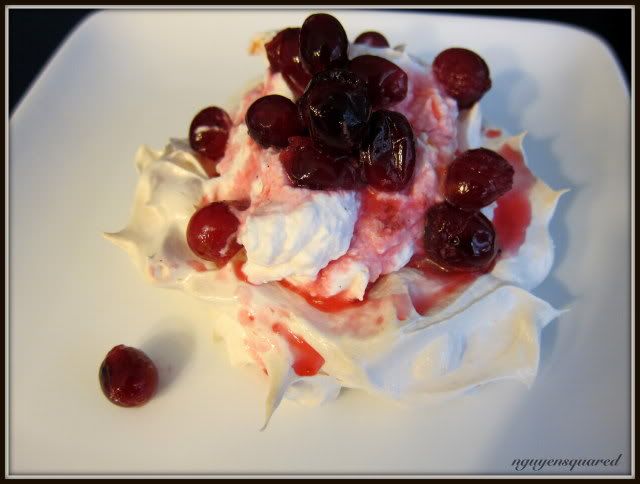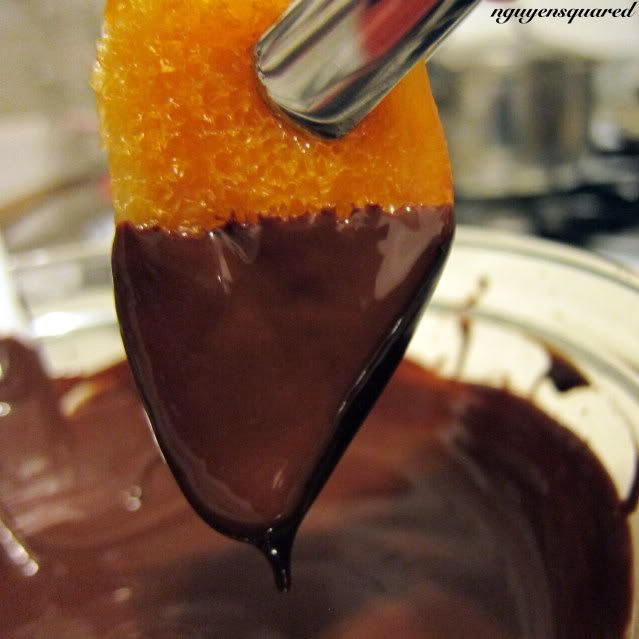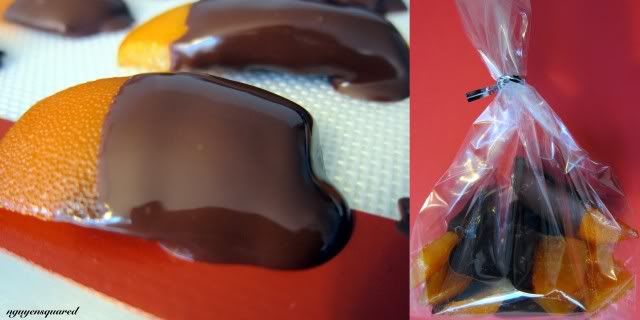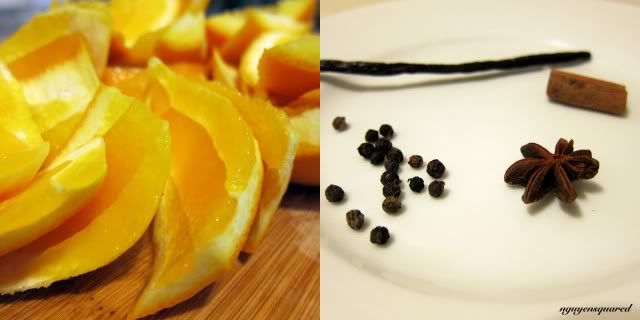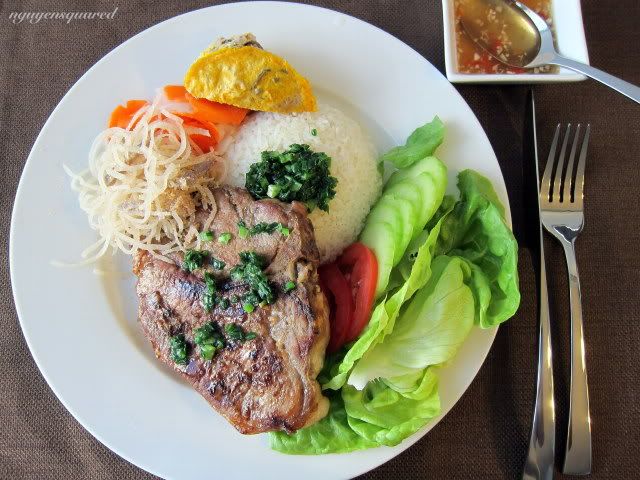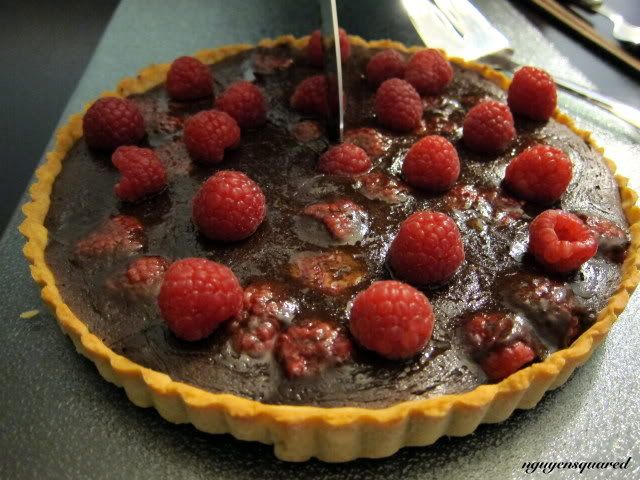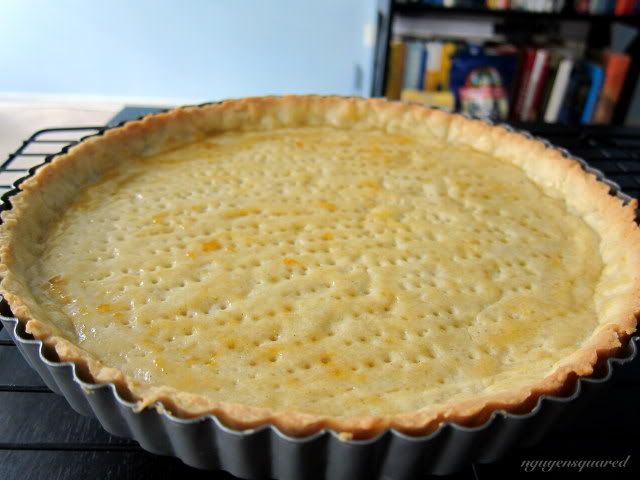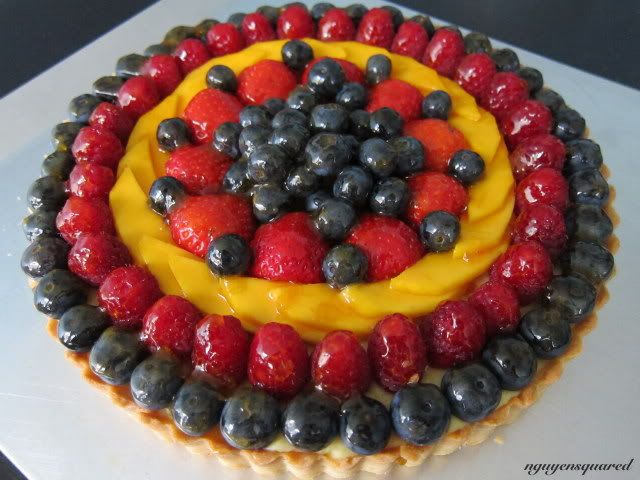Okay, so back to desserts! (You should have figured out by now that I have a sweet tooth, right?) I made this dessert a while back when I had friends over but this post has been sitting on the back burner for, well, about two months now. I am truly an expert at procrastination!!!!!
I've always thought they look really pretty but somehow I didn't get the motivation to try making them until that day. I think it's probably because there isn't any chocolate in it :D. A few days before making them, I learned that pavlovas originate from New Zealand and that they are named after the Russian ballerina Anna Pavlova as they look like tutus. I thought that it's quite an interesting tale!
They are easy to make and you can make the toppings as rich or as healthy as you want so that's great. Here's one that's on the richer side as there's whipping cream involved. For a healthier version, use your favorite yogurt instead.
INGREDIENTS:
Make 6 servings
3 large egg whites, at room temp.
1/2 tsp cream of tartar
Pinch of salt
1/2 cup granulated sugar
1 cup granulated sugar
1/2 cup water
1/2 vanilla bean
1 large navel orange or 2 medium blood oranges
2 cups cranberries
1 cup heavy cream
1 Tsp confectioners' sugar
METHOD:
Preheat the oven to 250ºF. Line a large baking sheet with parchment paper. Arrange a rack in the middle of the oven.
Beat the egg whiles with the cream of tartar and salt at medium speed until soft peaks form. Increase the speed to medium-high and gradually beat in the sugar, 2 tablespoons at a time, until the meringue is stiff and glossy, about 6 minutes.
Using a large spoon, dollop 6 mounds of meringue onto the baking sheet. Spread the mounds into rounds with an indentation in the center of each one. Bake the meringues for 1 hour 45 minutes, until the outsides are firm but the insides are still slightly soft. Shift the pan from front to back half way through. Transfer the sheet to a rack and let the meringues cool completely.
Meanwhile, in a small saucepan, combine the granulated sugar and water. Scrape the vanilla seeds onto a plate and place the pod in the pan. Add a long strip of zest from one of the oranges. Half an orange and squeeze the juice into the saucepan. Bring to a simmer, stirring until the sugar dissolves. Add the cranberries and cook until they are softened, about 8 minutes. Let cool completely. Discard the vanilla pod and orange zest. Refrigerate the cranberries until chilled.
Grate the zest of the remaining orange into a food processor. Peel the orange, remove all the white pith, cut in between the membranes to release the orange sections into the food processor. Pulse until chopped.
In a clean bowl, using clean beaters, whip the cream with the confectioners' sugar and vanilla seeds until firm. Add the chopped orange and its juice and beat just until combined.
Arrange the meringues on plates and spoon a mound of orange whipped cream into each one. Using a slotted spoon, top with the cranberries. Drizzle with some of the juices and serve right away.
It looks pretty, doesn't it? And this recipe is a good way of using up leftover egg whites.
Beat the egg whiles with the cream of tartar and salt at medium speed until soft peaks form. Increase the speed to medium-high and gradually beat in the sugar, 2 tablespoons at a time, until the meringue is stiff and glossy, about 6 minutes.
Using a large spoon, dollop 6 mounds of meringue onto the baking sheet. Spread the mounds into rounds with an indentation in the center of each one. Bake the meringues for 1 hour 45 minutes, until the outsides are firm but the insides are still slightly soft. Shift the pan from front to back half way through. Transfer the sheet to a rack and let the meringues cool completely.
Meanwhile, in a small saucepan, combine the granulated sugar and water. Scrape the vanilla seeds onto a plate and place the pod in the pan. Add a long strip of zest from one of the oranges. Half an orange and squeeze the juice into the saucepan. Bring to a simmer, stirring until the sugar dissolves. Add the cranberries and cook until they are softened, about 8 minutes. Let cool completely. Discard the vanilla pod and orange zest. Refrigerate the cranberries until chilled.
Grate the zest of the remaining orange into a food processor. Peel the orange, remove all the white pith, cut in between the membranes to release the orange sections into the food processor. Pulse until chopped.
In a clean bowl, using clean beaters, whip the cream with the confectioners' sugar and vanilla seeds until firm. Add the chopped orange and its juice and beat just until combined.
Arrange the meringues on plates and spoon a mound of orange whipped cream into each one. Using a slotted spoon, top with the cranberries. Drizzle with some of the juices and serve right away.
It looks pretty, doesn't it? And this recipe is a good way of using up leftover egg whites.
